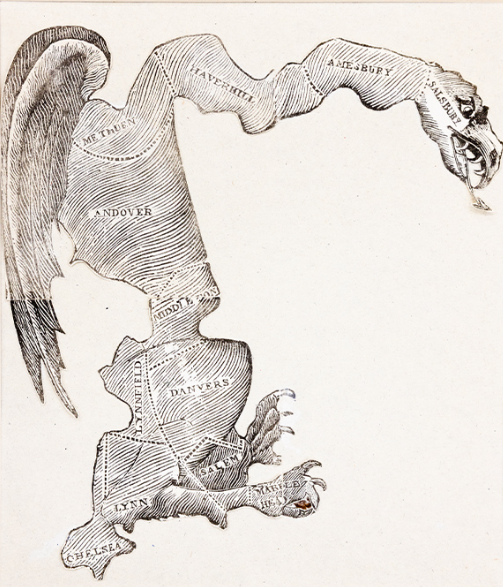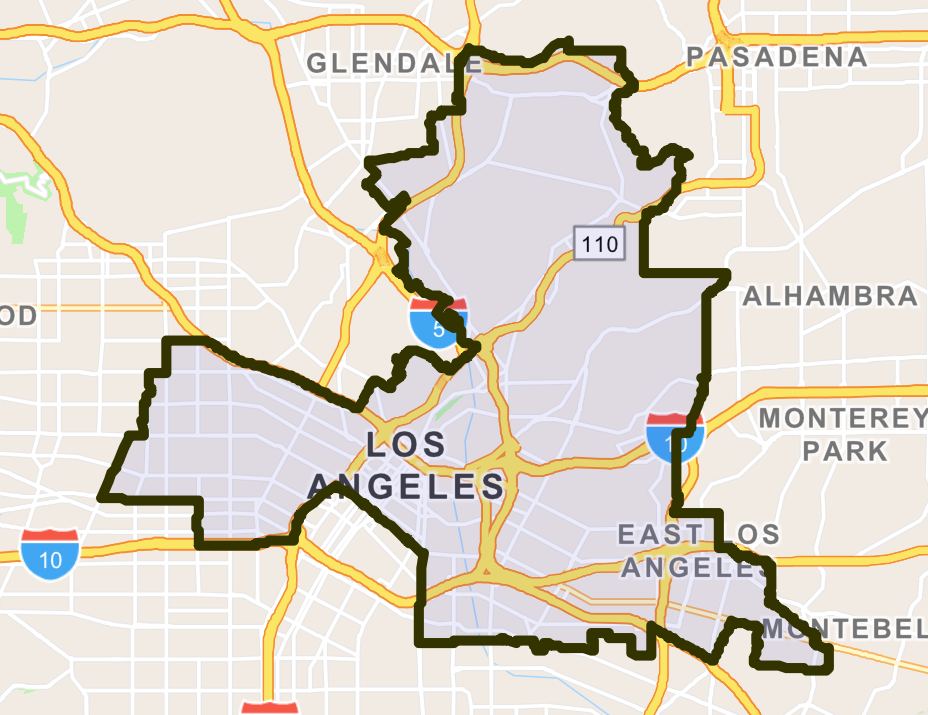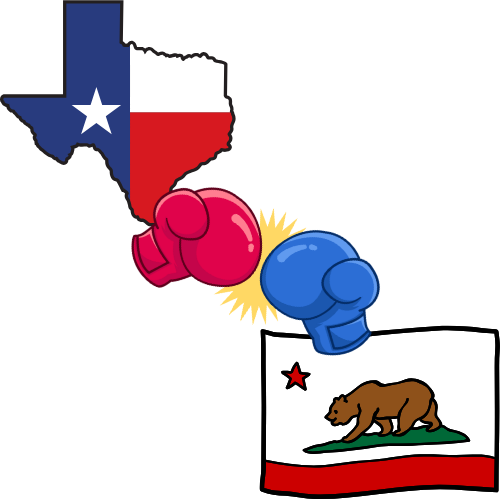The Monster That is Gerrymandering
In Snake in the Grass (book 3 in The Fina Mendoza Mysteries series) Fina's father has been sitting on the bench the entire Congressional Baseball Game. Finally, there's an announcement: “Pinch running for the Democrats, Arturo Mendoza from California’s 34th congressional district.”
In the Beginning
The U.S. Constitution is fairly vague about how congressional districts should be created:
The House of Representatives shall be composed of Members chosen every second Year by the People of the several States.
In a 1776 letter, Founding Father John Adams had a few thoughts about creating a fair legislature. He said it should be:
An exact portrait of the people at large. It should think, feel, reason, and act like them...Great care should be taken to effect this, and to prevent unfair, partial, and corrupt elections.
He had a further warning about the legislative branch, saying it is apt to grow ambitious, and after a time will not hesitate to vote itself perpetual.
Political Cartoon by Elkanah Tisdale, courtesy of the Library of CongressMarch 26, 1812, the Boston Gazette published a political cartoon showing a winged monster built of congressional districts and named it after Governor Elbridge Gerry: Gerry-mander.
The Governor's political party, the Democratic-Republican Party, was determined to hold onto its majority in the state senate. Lawmakers passed a bill to redraw districts to guarantee their success and the measure was signed by the Governor, even though he thought the scheme was "highly disagreeable."
One of the redrawn districts in the Boston area looked a bit like a mythological salamander. Hence, the name: gerrymander.
Governor Gerry, a signer of the Declaration of Independence and former Vice President to James Madison, lost his election, but the legislature remained in the hands of his party.
The 34th Congressional DistrictIn the early days of American democracy, members of Congress were chosen "at large" - in other words, there were no crazy lines that divided up the state into specific districts.
That's not to say that our Founding Fathers were above gerrymandering. When drawing Virginia’s very first congressional map, Patrick Henry tried to draw district boundaries that would block rival James Madison, from winning a seat.
It wasn't until after the 1930 census that it came to the court's attention that political parties were tinkering with district lines to their own advantage.
How is it Done?
They call it cracking and packing.
Cracking identifies voters who are likely to vote against your candidates and splits them up. This dilutes their voting strength.
Packing involves smushing disfavored voters together into as few congressional districts as possible.
The Court Giveth and the Court Taketh Away
The Voting Rights Act of 1965 made it illegal to discriminate against voters of color when drawing districts.
But those protections have been chipped away in recent years. The High Court has agreed with states who argue that maps can be drawn to discriminate against a political party, not against Black, Latino, or Asian voters.
Texas vs California
State lawmakers draw the congressional district lines in 33 states, including Texas. In nine states, including California, independent commissions do the job. Two states have hybrid systems where lawmakers and commissions both work on map drawing.
Of course, there are six states with just one congressional district. So redistricting isn't necessary.
Traditionally, congressional district lines are redrawn every ten years, using the latest census numbers. Republican lawmakers in Texas want to do it now, hopefully creating enough safe GOP seats to hold onto their majority in Congress.
Mid-term elections usually favor the party of the person who is not in the White House.
California's governor wants to redraw his state's map to counter the Texas plan. He and the majority Democratic legislature can't do that...unless California voters agree to temporarily suspend its independent redistricting commission. That vote is expected in early November.
Perhaps we change the name gerrymandering to Texasmandering or Gavinmandering.






